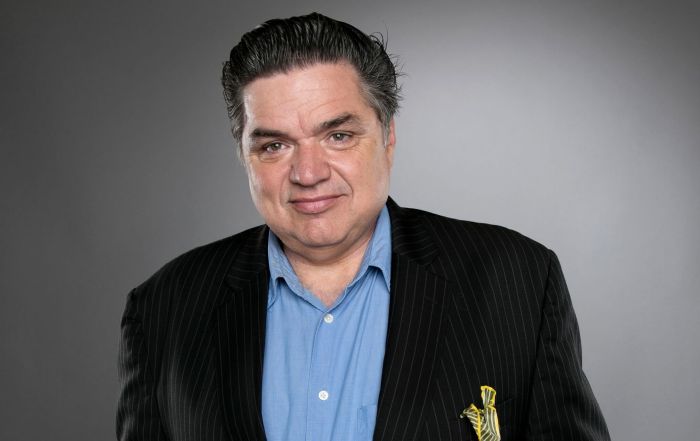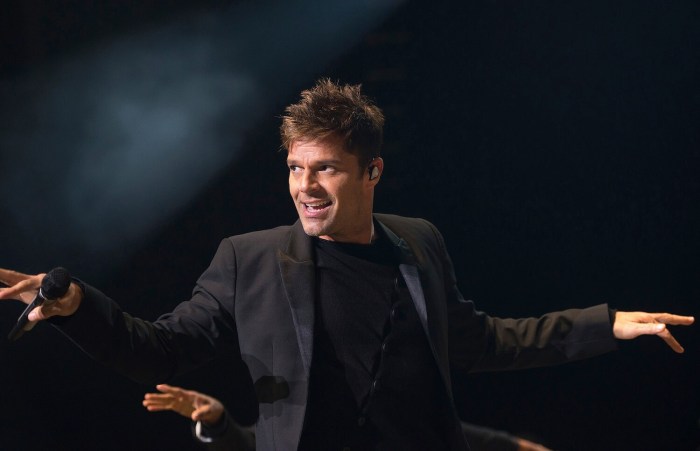The Institute of Contemporary Art is taking a page from New York in its latest exhibit. Curator Thomas Lax brought his exhibition from the Studio Museum in Harlem to Boston, where it was organized by assistant curator Ruth Erickson. The exhibit, called “When the Stars Begin to Fall,” features art examining the American South. “The title comes from an African American spiritual,” says Lax. One of the biggest features of the show is the way it examines outsider art, with Lax calling it “our take on outsider art.”
“I was curious about the way national discourses interact with outsider art,” he says. The pieces also reflect the ways in which black life has changed in the South over the years, as Lax says, “All black art enters through outsider art.” Some of the pieces are sculptures, some are paintings and some incorporate other media, like that of Jacolby Satterwhite. Satterwhite’s mother Patricia has been confined to the home for 15 years due to issues with schizophrenia, but that hasn’t stopped her from producing art. Inspired by her time watching TV, she designs products she could sell on the Home Shopping Network, which Jacolby then renders using 3D animation, adding colors and figures of himself performing inside of them. “He has become a kind of curator for his mother’s work,” says Lax.
The ICA has also launched a new exhibition involving indie musician Andrew Bird. He worked with sculptor Ian Schneller to create a piece called “Sonic Arboretum,” which the ICA calls an “immersive sound installation.” The room is filled with 36 horned speakers, and a violin composition from Bird plays through all of them. He didn’t just go to any old recording studio to do it, either — the music was recorded last fall in a canyon out west to create a kind of looping reverberation. Schneller’s horns, meanwhile, are made at his studio in Chicago out of recycled newsprint and dryer lint. Schneller compared the effects of the multiple horns to being able to walk up and listen to specific parts of an orchestra, calling it “an immersive aural landscape” that is the “polar opposite of sensory deprivation.” “We gain a hyper-awareness of our sense because of it,” Schneller says. He hopes to eventually grow the group to 96 horns, and praised “the emotive quality of [Bird’s] layering and looping” of his music. As to where all the dryer lint for those 96 horns come from, Schneller says, “People save their dryer lint for me across the country and mail it to me.”
Both exhibitions will be at the ICA through May 10.
Explore a sonic arboretum, courtesy of Andrew Bird, at the ICA






















